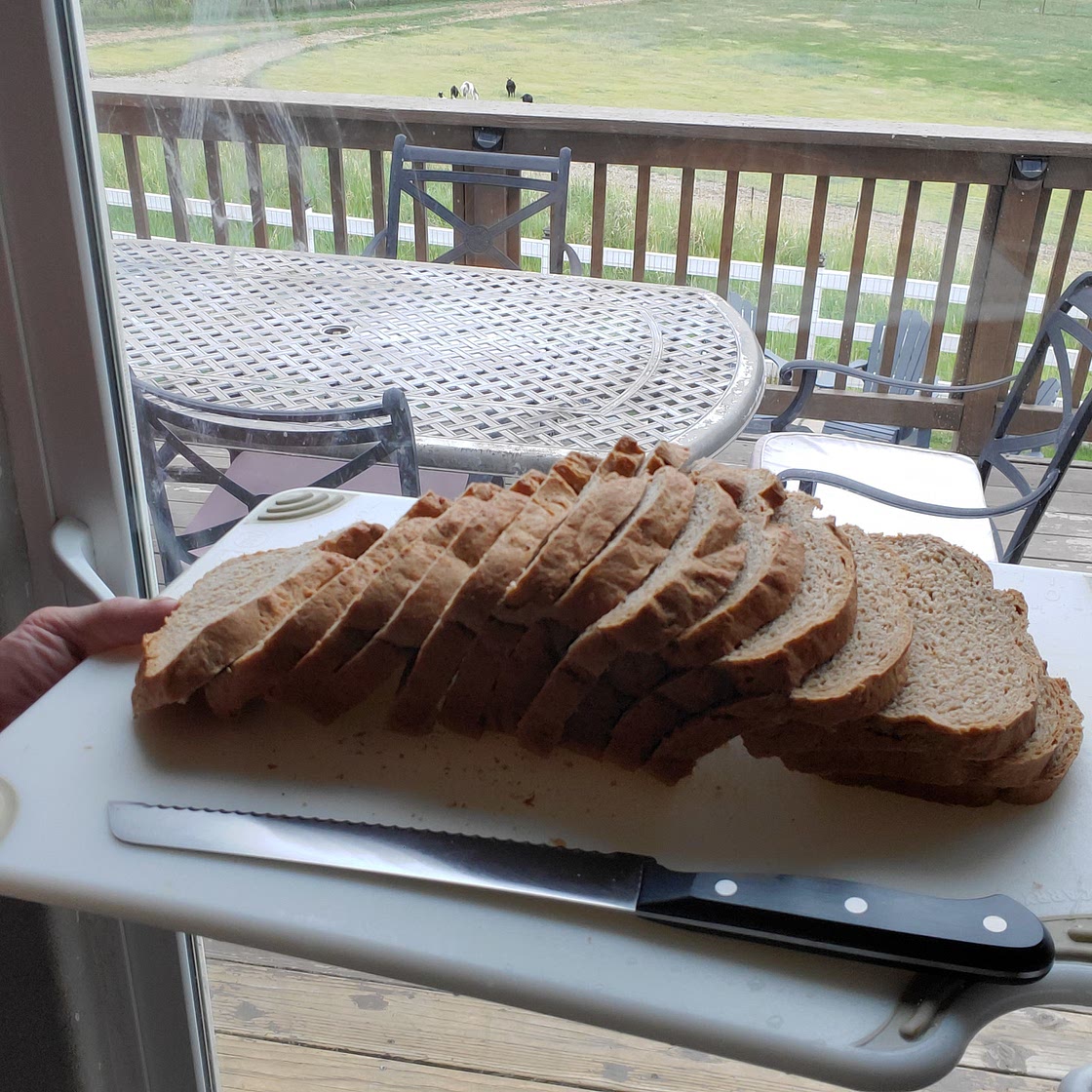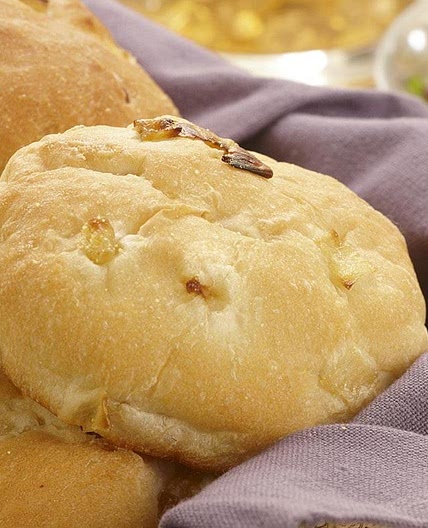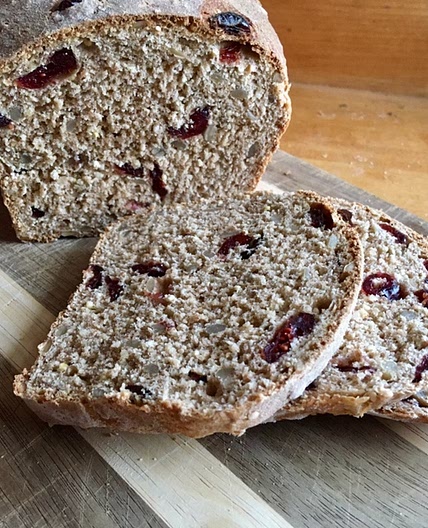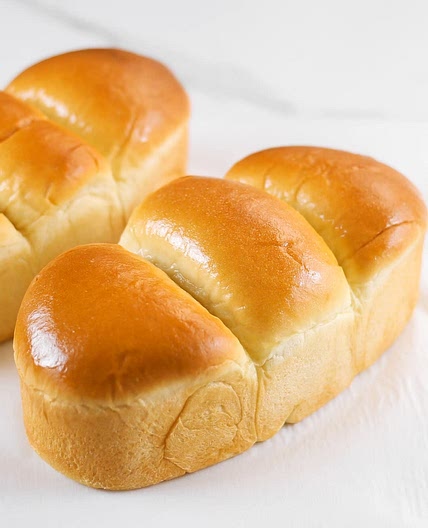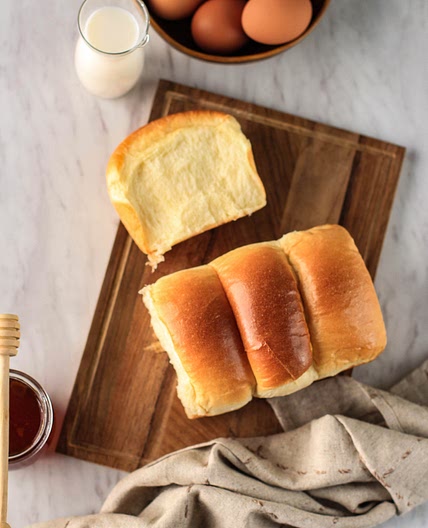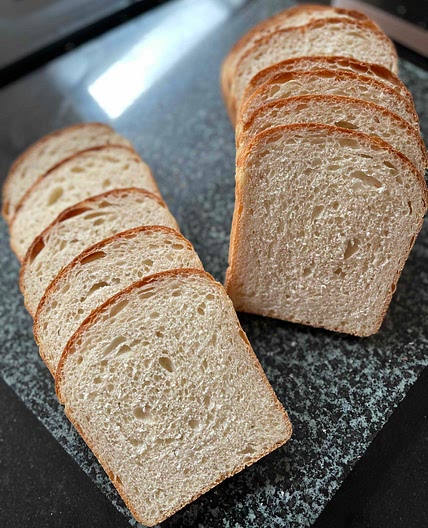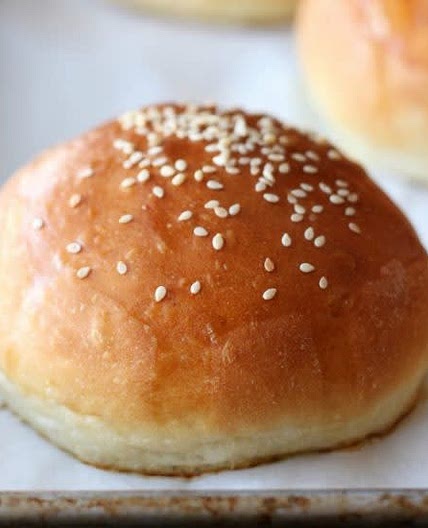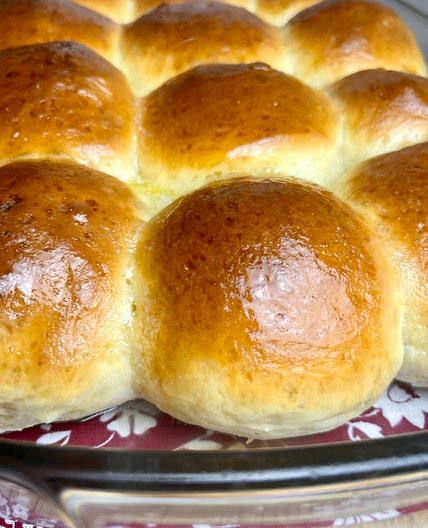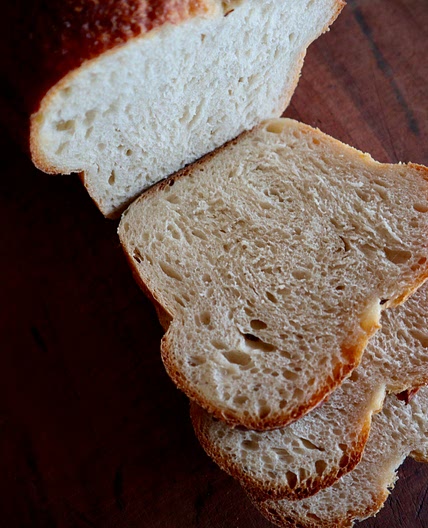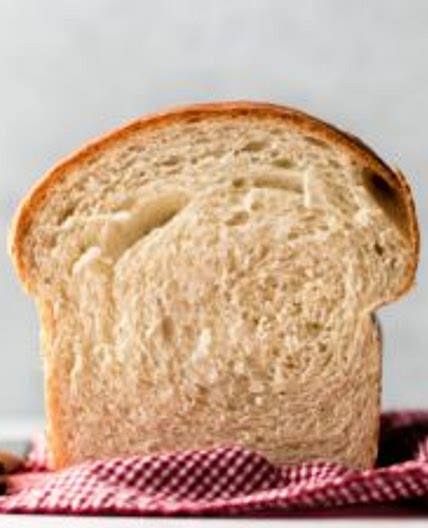By Andy Scherzinger
Whole Wheat Sandwich Bread
10 steps
Prep:4h 30minCook:40min
Updated at: Mon, 23 Jun 2025 17:53:09 GMT
Nutrition balance score
Good
Glycemic Index
72
High
Glycemic Load
28
High
Nutrition per serving
Calories203.1 kcal (10%)
Total Fat4.6 g (7%)
Carbs38.3 g (15%)
Sugars6 g (7%)
Protein4.9 g (10%)
Sodium242.7 mg (12%)
Fiber5.8 g (21%)
% Daily Values based on a 2,000 calorie diet
Ingredients
10 servings
Sponge
Dough
Instructions
Sponge
Step 1
sponge: In a large bowl or the bowl of your stand mixer, whisk the water, whole milk, and yeast together. Add the 260g flour and stir with a spatula or wooden spoon until a thick batter forms. Cover lightly and allow to double in size at room temperature, about 60–90 minutes. Sometimes this can take up to 2 hours
Dough
Step 2
Add the remaining dough ingredients including the honey, butter, lemon juice, remaining flour, and the salt. With a dough hook attachment, or using a spatula or wooden spoon (and some arm muscle!), beat on medium speed/mix until the dough comes together and pulls away from the sides of the bowl, about 3 minutes. If the dough seems too wet to a point where kneading (next step) would be impossible, beat in more flour 1 Tablespoon at a time until you have a workable dough, similar to the photos above. Dough should be soft and a little sticky, but still manageable to knead with lightly floured hands.
Step 3
Knead the dough: Keep the dough in the mixer and beat for an additional 8–10 full minutes, or knead by hand on a lightly floured surface for 8–10 full minutes. If the dough becomes too sticky during the kneading process, add 1 more Tablespoon of flour at a time to make a soft, slightly tacky dough. Do not add more flour than you need; you do not want a dry dough. After kneading, the dough should still feel a little soft. Poke it with your finger—if it slowly bounces back, your dough is ready to rise.
Step 4
1st rise: Lightly grease a large bowl with oil or nonstick spray. Place the dough in the bowl, turning it to coat all sides in the oil. Cover the bowl and allow the dough to rise in a relatively warm environment for 1.5–2 hours or until about double in size. (For a tiny reduction in rise time, see my answer to Where Should Dough Rise? in my Baking With Yeast Guide.)
Step 5
Grease a 9×5-inch loaf pan.
Step 6
Shape the dough: When the dough is ready, punch it down to release the air. Lightly flour a work surface, your hands, and a rolling pin. Roll the dough out into a large rectangle, about 8×15 inches. It does not have to be perfect—in fact, it will probably be rounded on the edges. That’s ok! Roll it up into an 8-inch log and place in the prepared loaf pan.
Step 7
2nd rise: Cover shaped loaf. Allow to rise until it’s about 1 inch above the top of the loaf pan, about 45–60 minutes.
Step 8
Adjust oven rack to a lower position and preheat oven to 350°F. It’s best to bake the bread towards the bottom of the oven so the top doesn’t burn.
Step 9
Optional oat topping: If you want to add the optional oat topping, add it right before baking the bread. With a pastry brush, brush the risen loaf with egg white, then sprinkle the oats on top.
Step 10
Bake the bread: Bake for 40 minutes, or until golden brown on top. If you notice the top browning too quickly, loosely tent the pan with aluminum foil. (I usually add it around the 20-minute mark.) To test for doneness, if you gently tap on the loaf, it should sound hollow. For a more accurate test, the bread is done when an instant-read thermometer reads the center of the loaf as 195–200°F. Remove from the oven and allow bread to cool for a few minutes in the pan on a cooling rack before removing the bread from the pan and slicing. Feel free to let it cool completely before slicing, too.
Notes
1 liked
0 disliked
There are no notes yet. Be the first to share your experience!
